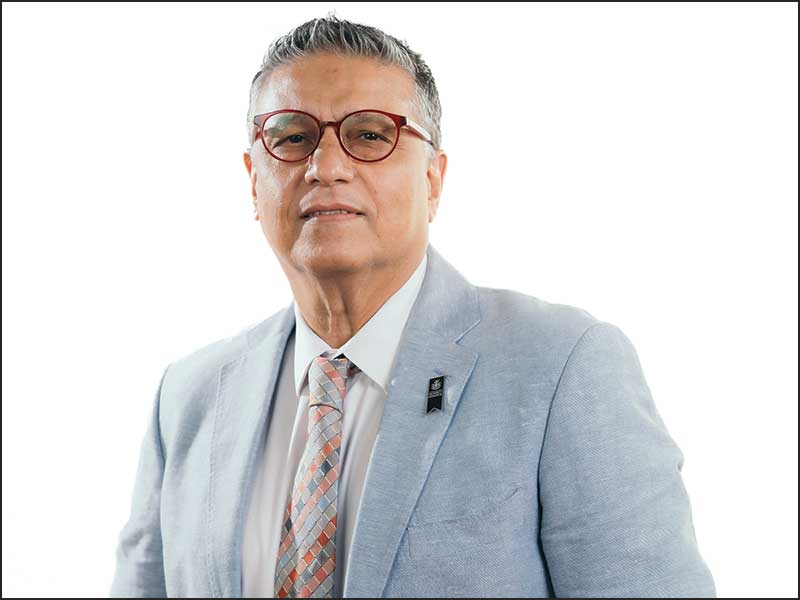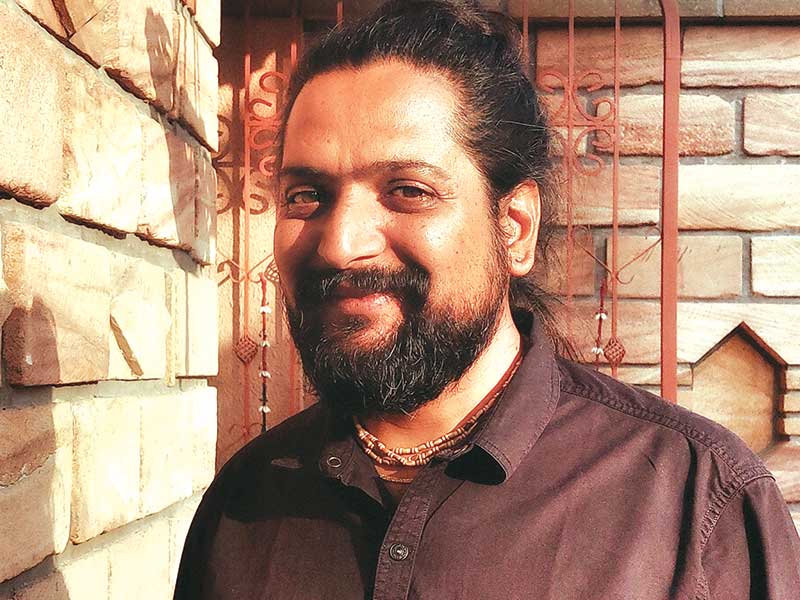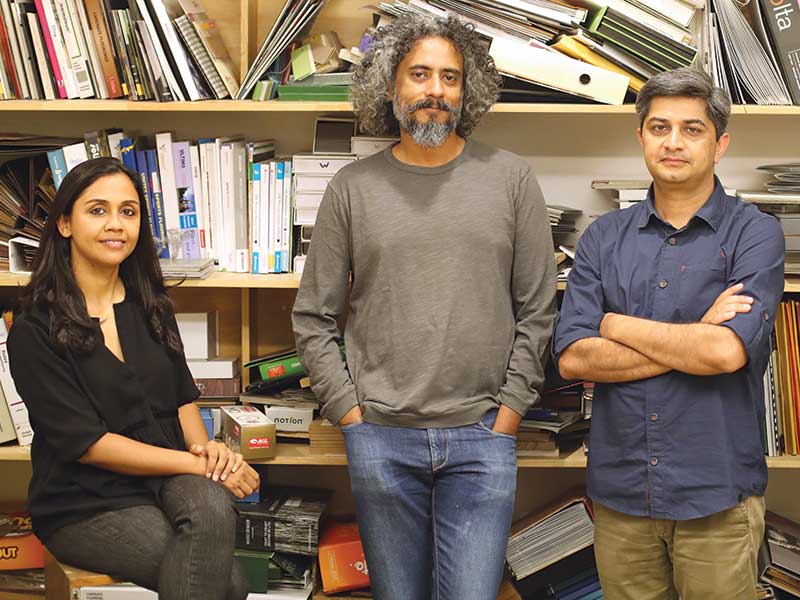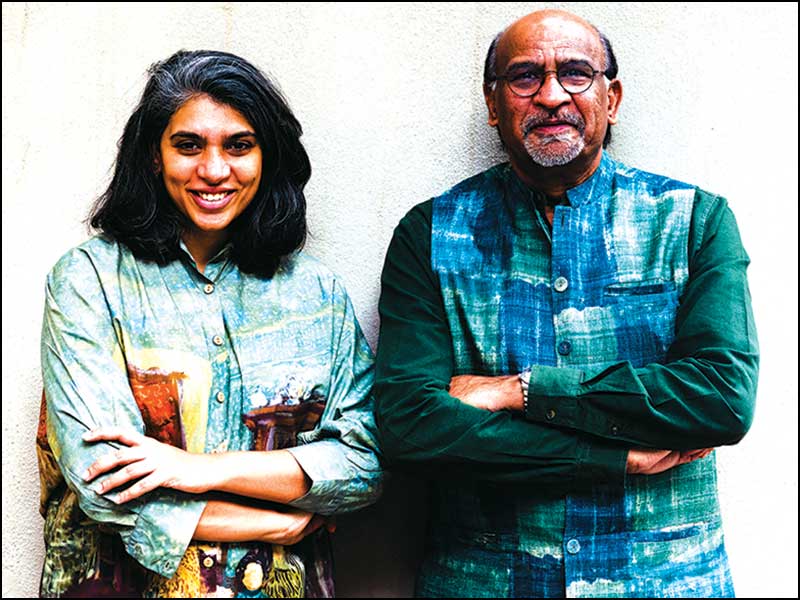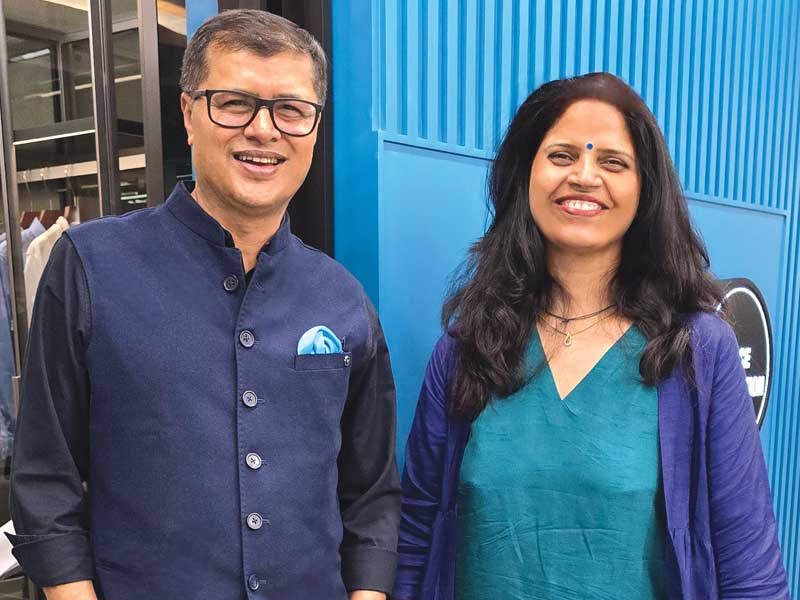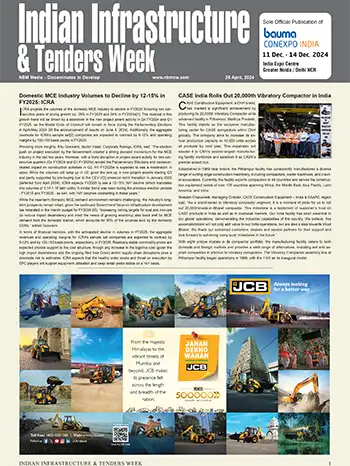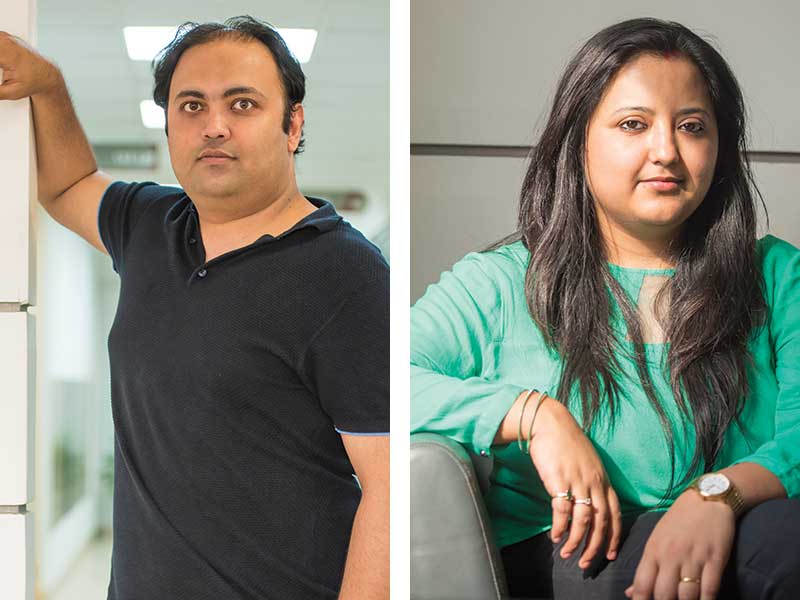
One of the biggest opportunities is the advancement of technology, which has allowed us to design and build structures in ways that were previously unimaginable. From 3D printing to virtual reality simulations, technology is revolutionizing the way buildings are created. Innovations such as green building techniques and smart home technology are also shaping the future of architecture. These advancements not only make buildings more efficient and environmentally friendly, but also enhance the overall quality of life for occupants. Overall, while new opportunities like technological advancements are driving innovation in architecture, it is still crucial for architects to remain adaptable and open to new ideas to create truly groundbreaking designs.
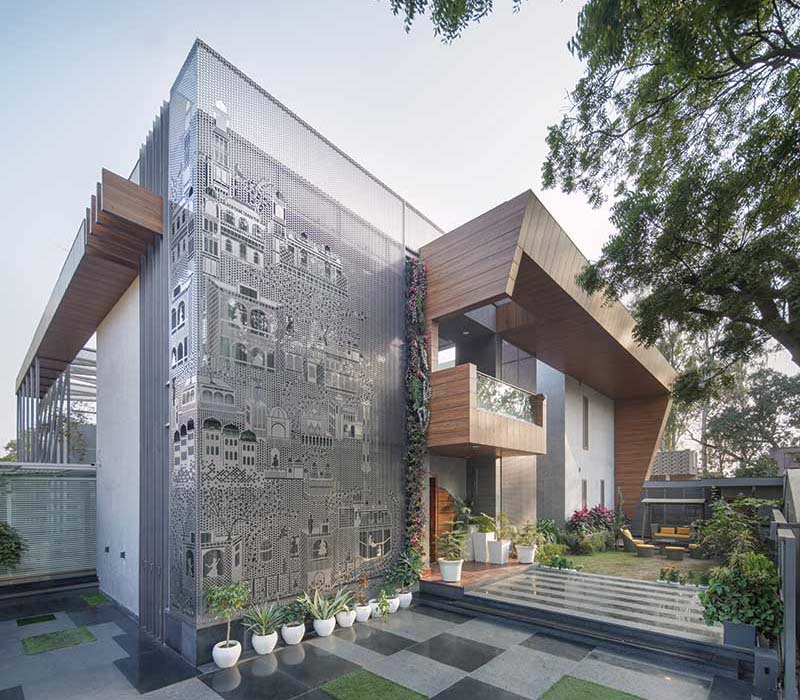
Furthermore, advancements in technology such as BIM are streamlining the design and construction process, leading to faster project delivery without compromising quality. Engineers are also leveraging technology to optimize building systems for energy efficiency and reduce waste during construction. Overall, this synergy between different fields is pushing the boundaries of what is possible in construction and paving the way for a more sustainable future. By embracing this interdisciplinary approach, we can continue to build structures that are not only aesthetically pleasing but also efficient and environmentally conscious.
We foresee a world where architecture is not just about aesthetics, but also about sustainability and innovation, where buildings are not only visually stunning but also environmentally friendly and energy efficient. Green roofs, solar panels, and recycled materials will be standard features in all new constructions. Architects will push the boundaries of design to create spaces that are not only functional but also inspire creativity and collaboration.

